As competition among smart TV makers heats up, Amazon today is introducing an expanded Fire TV lineup which now includes more sizes for its top-of-the-line Omni QLED series as well as a new, lower-cost Fire TV 2-Series that will start at $199.99. The company is also bringing its TVs to new markets globally, updating some features — like the Omni QLED’s “ambient” mode — and will roll out its cloud gaming service Luna to countries outside the U.S. for the first time.
Amazon first announced its Omni QLED TVs last fall as a way to bring better picture quality to customers with a 4K QLED display. The sets, which initially shipped in both 65-inch ($799.99) and 75-inch ($1,099.99) sizes, were the first Amazon Fire TVs to ship with Dolby Vision IQ. They also support HDR 10+ Adaptive and Adaptive Brightness, which adjusts the picture brightness and contrast based on the room’s brightness.
Now, the company is expanding its QLED lineup with three new models starting at $449.99, in 43-inch, 50-inch and 55-inch sizes. Like their larger counterparts, these will still include QLED displays with up to 96 dimming zones and the sensor-driven “Ambient Experience” features.
The TVs ship with a custom sensor package on the front that includes a presence sensor that allows the TV to turn its “Ambient Experience” on or off based on whether someone has entered or left the room thanks to an ambient light sensor that helps the TV understand the context of the movement. That is, if you just walked past the TV to get a midnight snack it may remain off, but if you walk into the room in the morning, it may load the ambient experience to help you start your day.
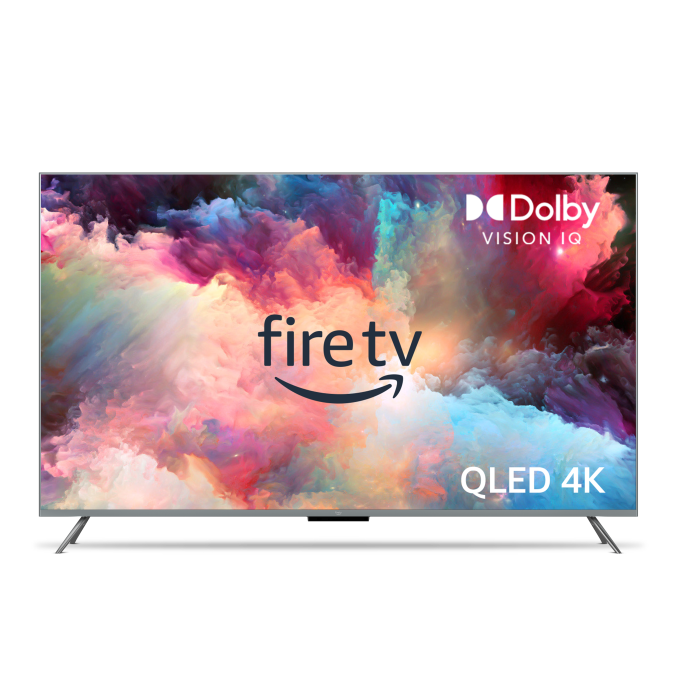
Image Credits: Amazon
The experience includes a free package of artwork and photography and various Alexa widgets that can be displayed either compacted or expanded, delivering things like news and headlines, your calendar, notes and reminders, streaming recommendations and more.
Now, Amazon says the experience is being updated with new art, too. Specifically, it’s adding something it’s calling “dynamic art,” or art that adapts to the current environment. The art will change based on factors like the time of day, temperature, weather and more. Initially, Amazon is working with contemporary artist Samuel Stubblefield to create the dynamic art package.
“We want to make smart TVs that are actually smart. That means things like bringing together content usefully…but we also want them to be beautiful and useful throughout more parts of the day and infused with ambient intelligence to make them more powerful for customers,” noted Daniel Rausch, VP of Entertainment Devices & Services at Amazon, in a conversation about the new Fire TV products.

Image Credits: Amazon (Fire TV Omni QLED Series)
These newly added QLED models will become available for preorder today and ship on May 11. The 43″ will be $449.99; the 50″ is $529.99; and the 55″ is $599.99.
Amazon is also now introducing a new line of more affordable Fire TVs, dubbed the Fire TV 2-Series, which slots in below the existing QLED and 4-Series. These will ship in two models to start: 32-inch ($199.99) and 40-inch ($249.99) options in HD. The 2-Series lineup supports HDR 10, HLG and Dolby Digital Audio and comes with an Alexa Voice remote.
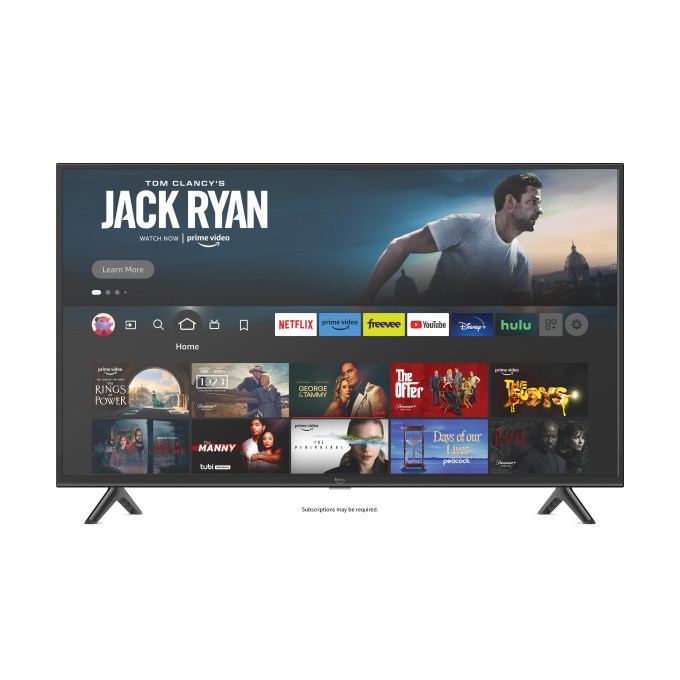
Image Credits: Amazon (Fire TV 2-Series)
These models can be ordered now and start shipping today.
In addition, Amazon says it will now begin to ship its Omni QLED Series, 4-Series and new 2-Series in the U.K., Germany and Mexico for the first time.
Rausch says the company has now sold more than 200 million Fire TV devices worldwide, including TVs and media players, and has shipped over 260 Fire TV models with its partners, like TCL, Hisense, Yamada, Xiaomi and others. As TV sets themselves become more powerful, many consumers are now opting to buy a TV with Fire TV baked in, rather than as a streaming player add-on. This has resulted in TVs becoming the fastest-growing part of the Fire TV business, he notes.
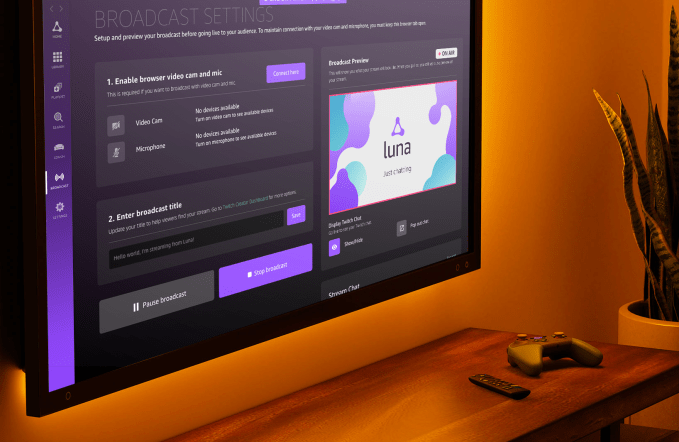
Image Credits: Amazon (Luna)
Alongside the TV expansion, the company will also bring its Luna cloud gaming service to new markets outside the U.S. for the first time.
Designed to work with Fire TV, Luna offers Prime customers a rotating selection of monthly games that can be streamed and played using a Bluetooth controller like Amazon’s Luna Controller, or even with a smartphone through a companion app.
Luna customers can optionally choose to subscribe to premium packages, like Luna+, Ubisoft+ and Jackbox Games. Luna+ includes a broad selection of games like action, adventure, platformer, indie, shooter, racing and classic games for $9.99 per month. The Ubisoft+ subscription, meanwhile, features top titles and fan favorites like Assassin’s Creed and Far Cry for $17.99 per month. And Jackbox Games offers a party gaming set for $4.99 per month.
The service has been generally available in the U.S. for over a year and is now coming to the U.K., Germany and Canada, Amazon says, which will allow it to reach some of the new Fire TV markets.
Amazon isn’t alone in targeting consumers with TVs running its own OS — rival Roku in January revealed its first-ever TVs designed and built by the company. But neither effort is meant to preclude the companies from working with partners — it’s more of a way to demonstrate what’s possible from the company’s own software and specs while generating additional revenue from hardware sales.
Amazon expands Fire TV lineup with more QLED models, entry-level 2-Series TVs and new markets by Sarah Perez originally published on TechCrunch

Powered by WPeMatico
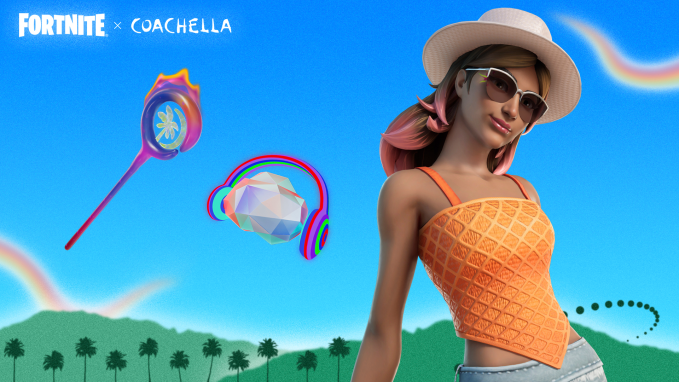

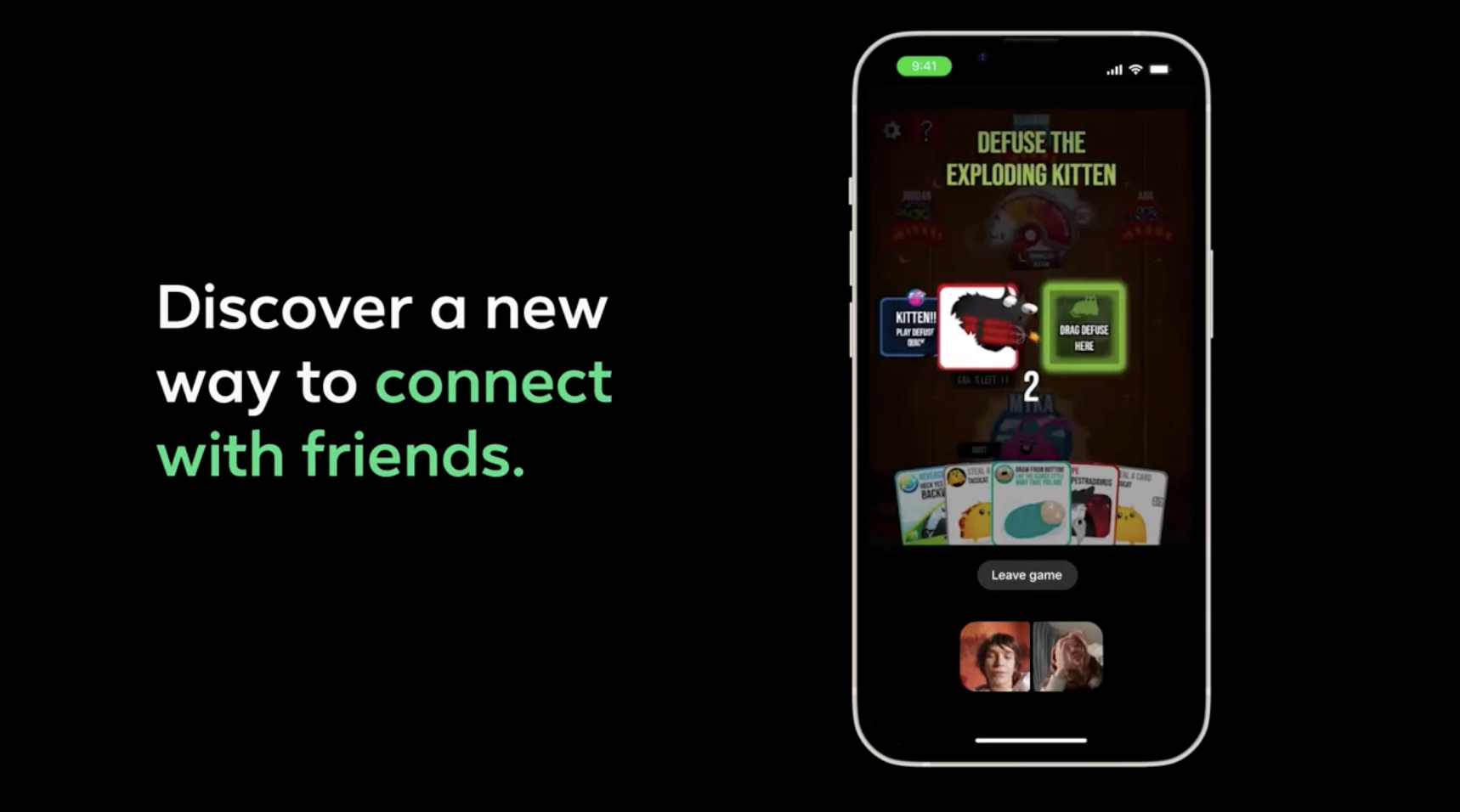

 GDC (@UnrealEngine)
GDC (@UnrealEngine) 



